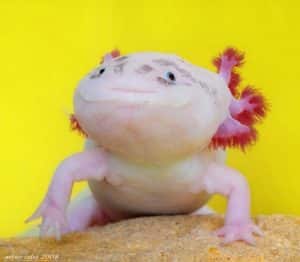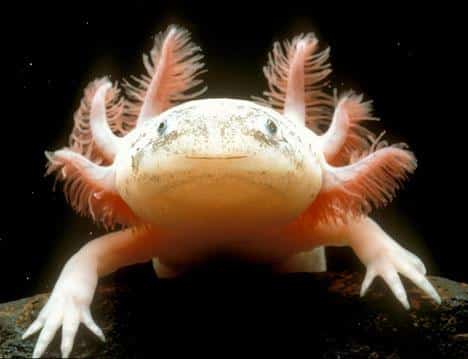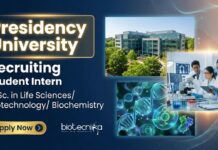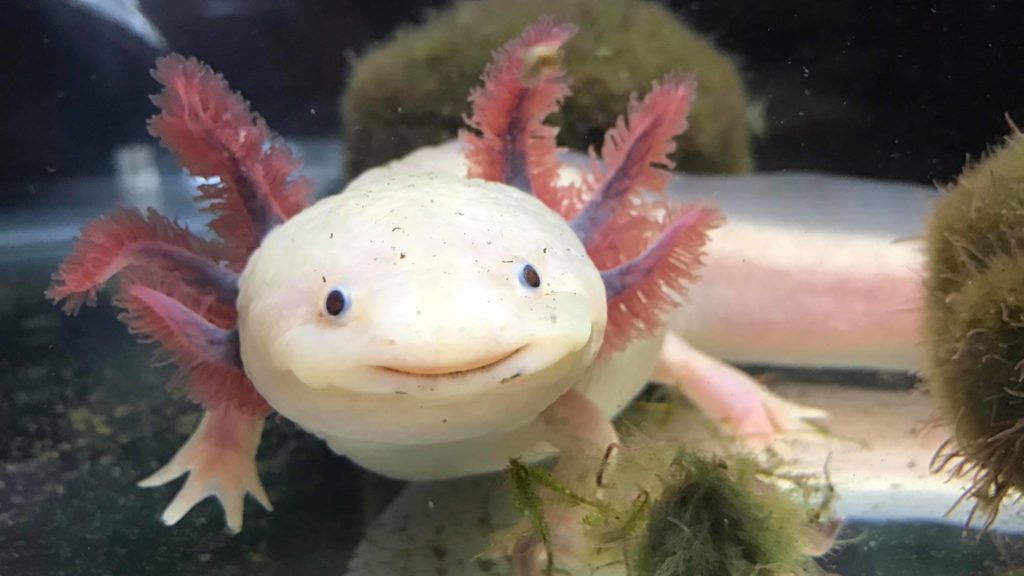Sequenced Axolotl Genome Unravels Genetic Roots of Sophisticated Regeneration
The replacement-parts king of the amphibian world, the axolotl is a fascinating creature. With extreme regeneration capabilities, these fellas are like the distant cousins of the wolverine living in a tank (with a permanent smile affixed).
Once revered by Aztecs, today the axolotl appears in many forms. Native to Central Mexico, these grinning amphibians are a symbol for Mexican national identity. With big branch-like gills, lizard-like limbs, and cute perma-smile, it’s hard not to fall in love with these little critters. But then it does not just end there- in addition to being almost criminally cute, these salamanders also possess remarkable regeneration capabilities.
It’s not unusual for amphibians to be able to regenerate, but axolotls take it to the next level. On top of being able to regenerate limbs, the animal can also rebuild their jaws, spines, and even brains without any scarring- making it a model of curiosity for regenerative biologists.
Now, scientists in Vienna, Dresden, and Heidelberg, have for the first time, completely mapped the genome of the Mexican axolotl salamander. Despite its popularity as a biological model and use for over 150 years, this has been difficult due to the sheer size of its genome at 32 billion base pairs.

Researchers used the PacBio-platform, a sequencing technology that produces long reads to span large repetitive regions. A total of 72.435.954 reads were sequenced. Next, Gene Myers and Siegfried Schloissnig together with colleagues developed software systems that can assemble the genome from the 72 million pieces.
On analysis of the genome, the researchers found several genes unique to axolotls and other amphibians that are expressed during regeneration. Interestingly, a gene called PAX3, which was previously considered vital to the development of an organism, was completely missing from the genome. Instead, the related gene PAX7 appears to have taken over those critical functions.

“We now have the map in our hands to investigate how complicated structures such as legs can be re-grown”, says Sergej Nowoshilow, co-first author of the study. “This is a turning point for the community of scientists working with axolotl, a real milestone in a research adventure that started more than 150 years ago.”
Agreeably, we’re still a long way off of being able to fully regrow missing parts but sequencing this huge genome- 10 times as large as the human genome- is a big step towards decoding how this ability can evolve and function. In the nearer future, the study may help us develop new ways to heal wounds faster to reduce recovery times and infection risks.























